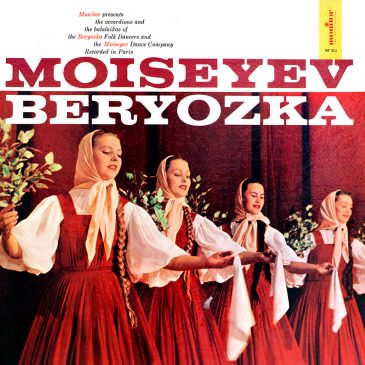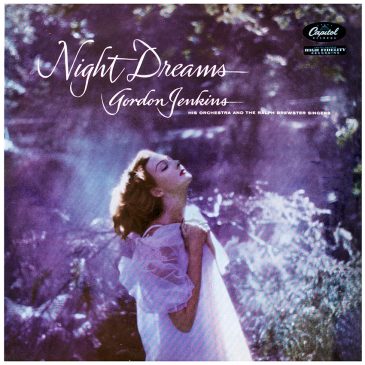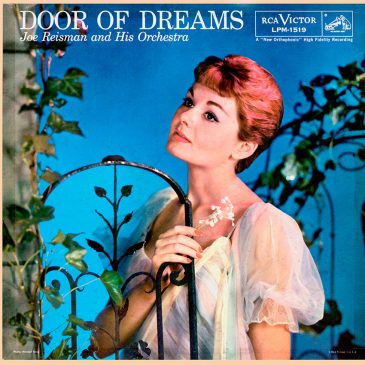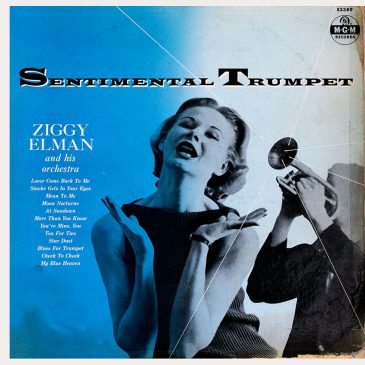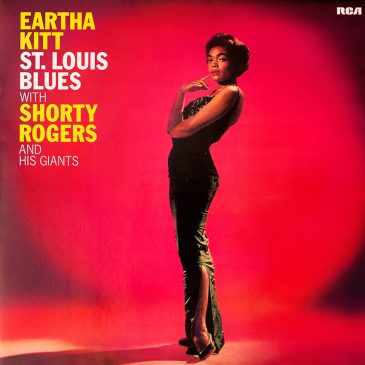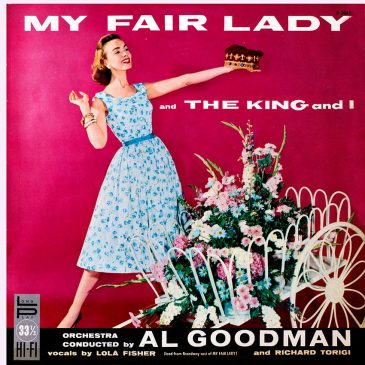Vivian Blaine – Sings songs from the Ziegfeld Follies
Sleeve Notes: IF FLORENZ ZIEGFELD WERE ALIVE TODAY, Vivian Blaine would be a sure bet for stardom in one of his fabulous Follies. She has everything the late Broadway showman most admired in the stars of his own era—the grace … Continued


